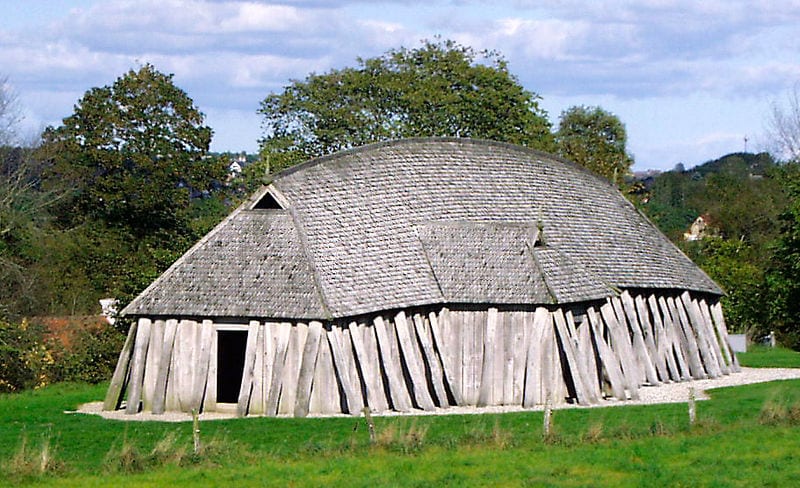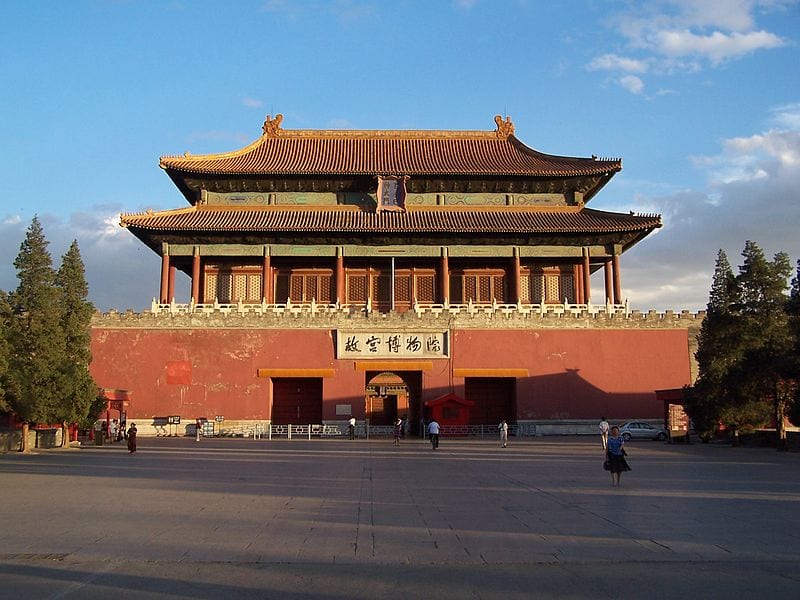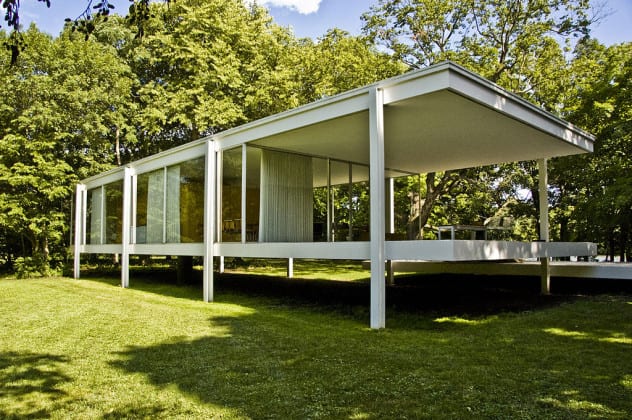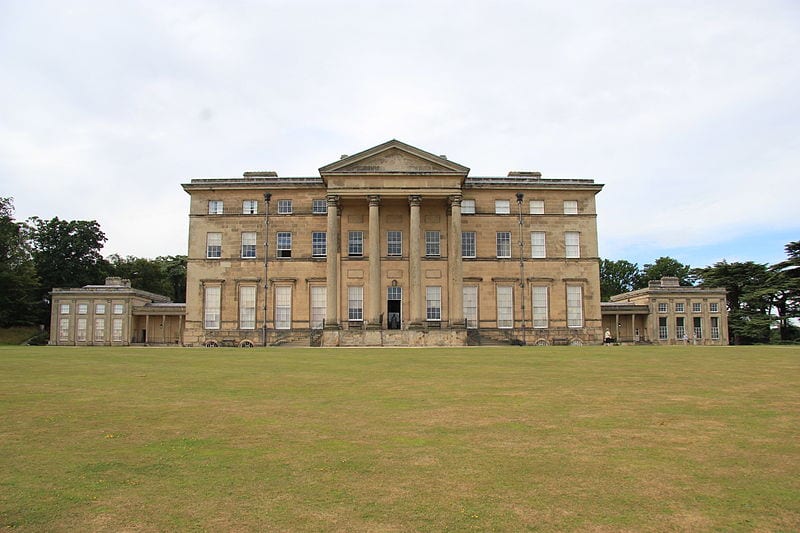It turns out that some of the most amazing old buildings in the world made the most uncomfortable homes. So the next time you go wishing you lived in a palace instead of your cozy 3 bedroom, remember these 8 buildings and feel good about your lot in life.
Seriously.
#8. The People’s Palace

Image Credit: Pixabay
After an earthquake leveled a good portion of the buildings in Bucharest, dictator Nicolae Ceausescu snatched the opportunity – and the land – to build a giant palace almost as big as his ego. Seven times bigger than Versailles, the People’s Palace contained 7,000 rooms, 3,500 tons of crystal, and despite the work of around 1.5 million people, contained too many design flaws to make living there at all practical.
You could walk for an hour and cover less than 10% of the building, and the stairs, cut to fit the dictator’s small feet, are difficult to walk on for most other adults. It also has no air conditioning (to prevent chemical attacks).
Ceausescu never lived there – he and his wife were executed during a revolution that took place before the construction was finished.
#7. The Palace at Versailles

Image Credit: G CHP
The Sun King’s palace contained over 700 rooms and would have cost around $3.2 billion dollars if built today – but in addition to bankrupting the monarchy, the place was absolutely freezing.
Contemporary accounts include descriptions of wine and water freezing during dinner and the royal doctors commenting that it was a good thing wigs were en vogue, because the King’s head needed to be kept warm.
There were also a lack of toilets, forcing guests, residents, and staff to poop in the corridors. Not only was that surely messy and smelly, but it also invited rats and other pests that brought along unwanted disease.
Just in case you were thinking you’d like to live in France’s heydey. Probably not.
#6. The Great Halls of Norse Legend

Image Credit: Wikimedia Commons
In Beowulf, the palace of King Hroogar was the greatest hall in all of Norse legend – a tall building that shone with gold and was the most glorious version of the great Viking longhouses of real life.
In reality, longhouses were just a long hall where everyone slept, changed, and had sex – and that included the animals. Smell, noise, dirt, disease, and pests were likely rampant, and that’s not even considering the smoke put out by the giant fire in the middle of the room.
#5. The Forbidden City

Image Credit: Wikipedia
China’s sprawling, 178-acre Forbidden City is a portrait of what people think a palace should be, but in truth there would have been very little privacy, since no emperor was allowed to leave without an escort. The tutor to the last of the Chinese emperors likened it to a prison.
“That ill-omened pile of buildings was an emperor’s prison 260 years ago, and an emperor’s prison it remains to this day.”
#4. Topkapi Palace (Istanbul)

Image Credit: Carlos Delgado
Topkapi was constructed in the 15th century and has been inspiring people ever since – the palace is an UNESCO heritage site and a tourist attraction, inviting people from all over the world to stand and wonder what it might have been like to live here.
Spoiler alert: terrifying.
The sultan bathed in a cage to avoid being assassinated, and it was also standard practice to kill all potential male heirs to ensure your own son ascended to the throne – in 1595, Mehmet III sanctioned the murder of all 19 of his brothers and every pregnant concubine of his father’s. After the practice “ended,” princes were instead locked in gilded cages until they died of dehydration.
Slave girls were treated as brutally, often killed on a whim, so life at Topkapi was rough and, usually, short.
#3. The Farnsworth House

Image Credit: Wikimedia Commons
Architect Mies van der Rohe designed the house in 1945 as a weekend retreat for Dr. Edith Farnsworth, and it remains one of the most celebrated homes in American history. Its straightforward interior, giant windows, and devotion to simplicity make it an Illinois icon – though Dr. Farnsworth hated it.
Mies refused to install blinds or curtains on the large windows which led to sky-high heating bills and zero privacy, and, at night, the lights inside the huge windows drew the interest of every moth in the county.
She sued him and lost.
#2. Frank Lloyd Wright’s Houses

Image Credit: Wikimedia Commons
Frank Lloyd Wright is arguably the most revered architect in American history, and his houses, considered icons of design, still change hands for millions of dollars today.
Another opinion is that they’re basically uninhabitable.
People claim the designs are poorly planned, prone to flooding, and in danger of collapse due to structural flaws. There are problems on a smaller scale, too, like narrow doorways, tiny kitchens, and a lack of basements, attics, and garages.
#1. Attingham Hall

Image Credit: Wikimedia Commons
The huge country estate in Shropshire, England, is best known for its picture gallery, which was designed by the same architect responsible for Buckingham Palace. The skylight in Attingham’s gallery lets light into every corner of the room…and also admits a ton of rain.
The flawed roof became so difficult to maintain that it contributed to the bankruptcy of its owner, and no replacement was installed for over 200 years.
I still kind of want to live in a castle just with modern heating ducts. Possible?






